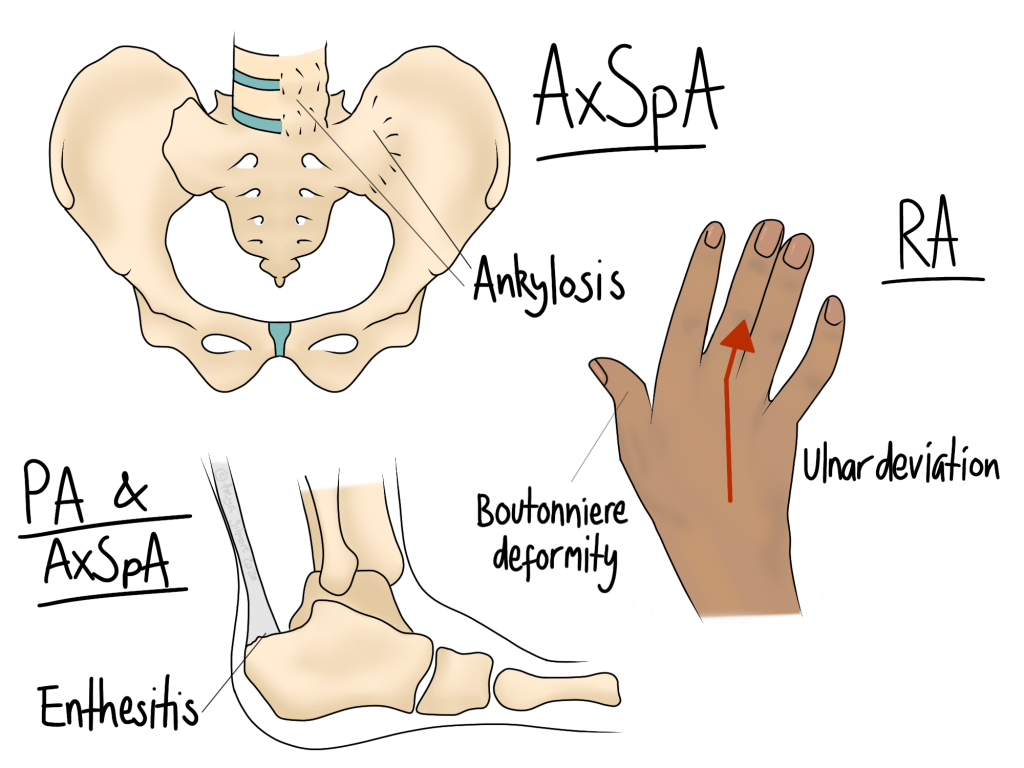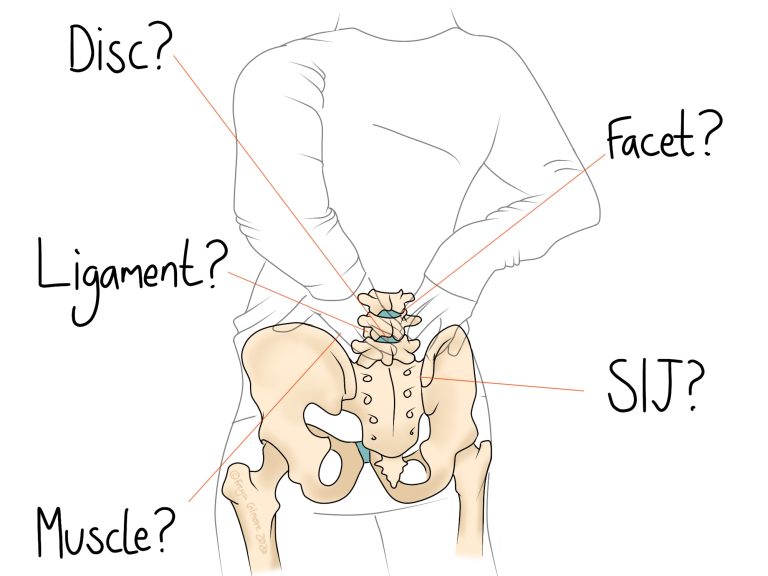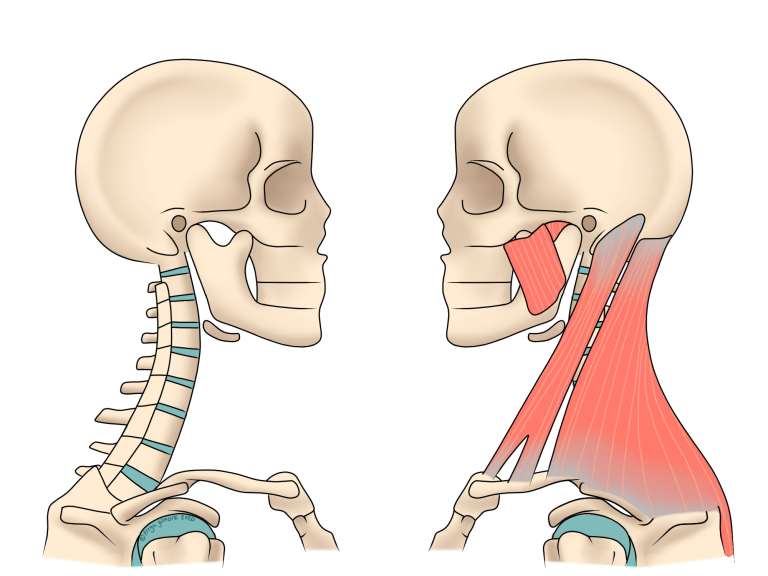Rheumatic pain refers to discomfort arising from conditions that affect the joints, muscles, and connective tissues. Among the various causes of rheumatic pain, rheumatoid arthritis (RA) is one of the most significant. RA is an autoimmune disorder where the immune system mistakenly attacks the body’s joints, leading to inflammation, pain, and potential joint damage. This differs from osteoarthritis (OA), a condition often confused with RA, which is considered degenerative but not autoimmune.

Rheumatoid Arthritis
Rheumatoid arthritis is a chronic inflammatory disorder primarily affecting the joints. It often begins with small joints, such as those in the hands and feet, before progressing to larger joints like the knees, hips, and shoulders. Unlike osteoarthritis, which is caused by wear and tear, RA stems from an overactive immune response. This immune response leads to inflammation in the joint lining, causing pain, swelling, and stiffness. Over time, the inflammation can damage cartilage and bone, leading to joint deformities and loss of function.
Symptoms of RA include morning stiffness lasting longer than 30 minutes, swollen joints, and fatigue. The disease typically affects joints symmetrically, meaning if one hand is affected, the other likely will be as well. RA can also cause systemic symptoms, such as fever and weight loss, which are not common in osteoarthritis.
Ankylosing Spondylitis and Psoriatic Arthritis
While RA is one of the most well-known forms of rheumatic pain, other conditions like ankylosing spondylitis (AS) and psoriatic arthritis (PsA) also contribute to this category.
Ankylosing Spondylitis is a type of inflammatory arthritis that primarily affects the spine. It causes chronic pain and stiffness from the neck down to the lower back. Over time, AS can lead to the fusion of vertebrae, resulting in a rigid spine. Early symptoms include pain and stiffness in the lower back and hips, particularly after periods of inactivity or in the morning. Pain in the Achilles heel can also be a key sign, as the condition affects the spot where tendons meet bone.
Psoriatic Arthritis is an inflammatory arthritis associated with psoriasis, a skin condition that causes red, scaly patches. PsA can affect any joint in the body, leading to pain, swelling, and stiffness. It can also cause symptoms like nail changes and a condition known as dactylitis, where fingers or toes swell up to resemble sausages.
RA vs. Osteoarthritis
RA and osteoarthritis are often confused, but they have different causes, symptoms, and treatment approaches. Osteoarthritis is a degenerative joint disease caused by the reducing health of cartilage, leading to loss of the cushion between joints. It usually affects joints asymmetrically and its prevalence increases with age. Unlike RA, osteoarthritis does not involve the immune system and is not typically associated with systemic symptoms like fatigue or fever.
The Importance of a Rheumatology Referral
For anyone experiencing symptoms of RA or other forms of inflammatory arthritis, a referral to a rheumatologist is crucial. Rheumatologists specialize in diagnosing and managing these conditions. Early diagnosis and treatment are key to managing symptoms and preventing permanent joint damage. Medications, including disease-modifying antirheumatic drugs (DMARDs) and biologics, can help slow the progression of the disease and improve quality of life.
Osteopathy’s Role in Supporting Rheumatic Pain Management
While medications are essential for managing the underlying inflammation and progression of RA, osteopathy can play a supportive role. Osteopathic treatment focuses on maintaining joint mobility, reducing pain, and improving overall function. Not only do these techniques target the affected joints themselves, but we aim to reduce pressures from overworked or overprotective muscles, and other structures that overload the arthritic joint.
You may have noticed that pain is often worse after periods of rest. Working to increase your activity levels can help to manage symptoms. Unfortunately, it can be hard to get into more exercise when you’re suffering. We can also help you with a plan to return to exercise or increase your daily activity.
Click here to make an appointment for your rheumatic pain in the Bristol area


